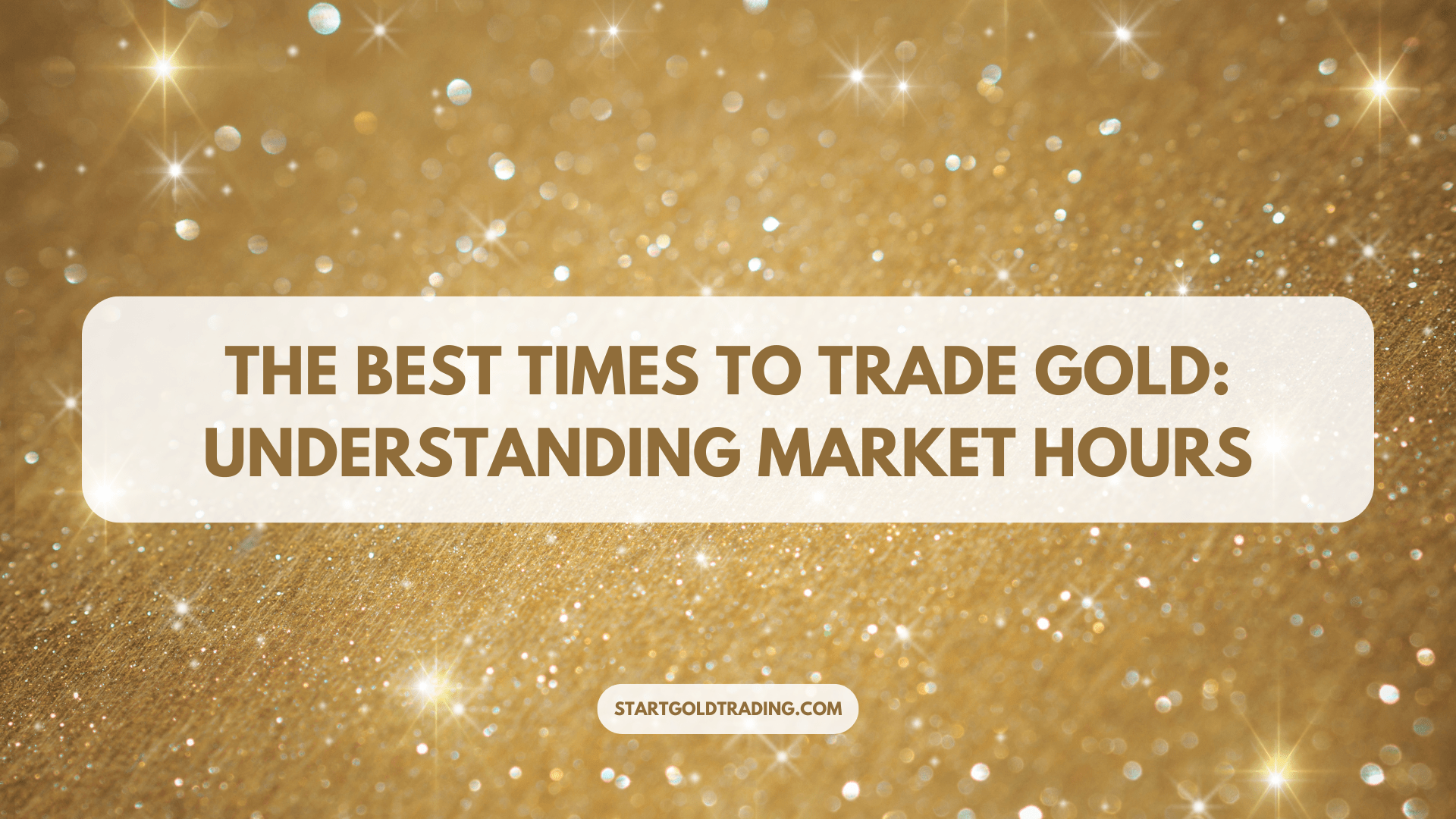Trading gold can be compared to fishing—success depends not only on having the right tools and skills but also on being in the right place at the right time. For traders, especially beginners and young enthusiasts venturing into the world of gold Contracts for Difference (CFDs), understanding how global market hours affect gold prices is crucial. This article explores the influence of market hours on gold trading, highlights the best times to trade, and offers strategies for managing time zones in international trading.

Influence of Global Market Hours on Gold Trading
Gold trading is unique because it happens 24 hours a day, five days a week, thanks to international market operations. The opening and closing times of major global markets—Asia, Europe, and North America—play a significant role in gold price fluctuations:
- Asian Markets (Tokyo, Hong Kong, and Sydney): The trading day begins in Asia, where the buying and selling activity can set an initial trend or reverse the previous day’s trend, based on overnight developments.
- European Markets (London and Frankfurt): London is a pivotal gold trading hub. As European markets open, there’s often an increase in volatility due to the overlap with Asian markets in the early hours and North American markets later.
- North American Markets (New York): Opening several hours after London, the New York market can either intensify the trends set by earlier markets or establish new directions based on American economic news.
Identifying the Most Favorable Times for Trading Gold
The best times to trade gold often revolve around these overlaps in global market hours when trading volume and, consequently, volatility are higher. Volatility can be both a risk and an opportunity; it can provide significant trading opportunities but also increases the potential for loss.
- European-North American Overlap: This time period typically sees the highest trading volume, making it a prime time for gold trading. Movements in the USD (U.S. dollar) heavily influence gold prices, and any U.S. economic news released during this overlap can lead to significant price movements.
- Asian-European Overlap: While generally less volatile than the European-North American overlap, this period still offers substantial opportunities, especially on days when significant economic news is released in either region.
Time Zone Strategies for International Traders
For traders who are not based in these time zones, trading effectively requires a good strategy:
- Use of Technology: Utilize trading platforms that provide real-time data and alerts. Set up notifications for price movements during key market hours, even if you’re not actively watching the market.
- Scheduled Trading: Plan your trading schedule around key market hours. If you’re in a time zone that does not conveniently align with these hours, consider trading part of your time during early mornings or late evenings.
- Risk Management: Given the increased volatility during market overlaps, it’s crucial to employ stringent risk management strategies, including the use of stop-loss orders to protect your investments.
Conclusion
Understanding the best times to trade gold is like knowing the optimal fishing times. It enhances your chances of catching the big one. By aligning your trading activities with the periods of highest market activity and employing robust risk management techniques, you can take advantage of the opportunities offered by gold’s volatility while minimizing potential downsides. Whether you’re a night owl in New York or an early riser in Sydney, aligning your strategy with global gold market hours can significantly enhance your trading outcomes.

